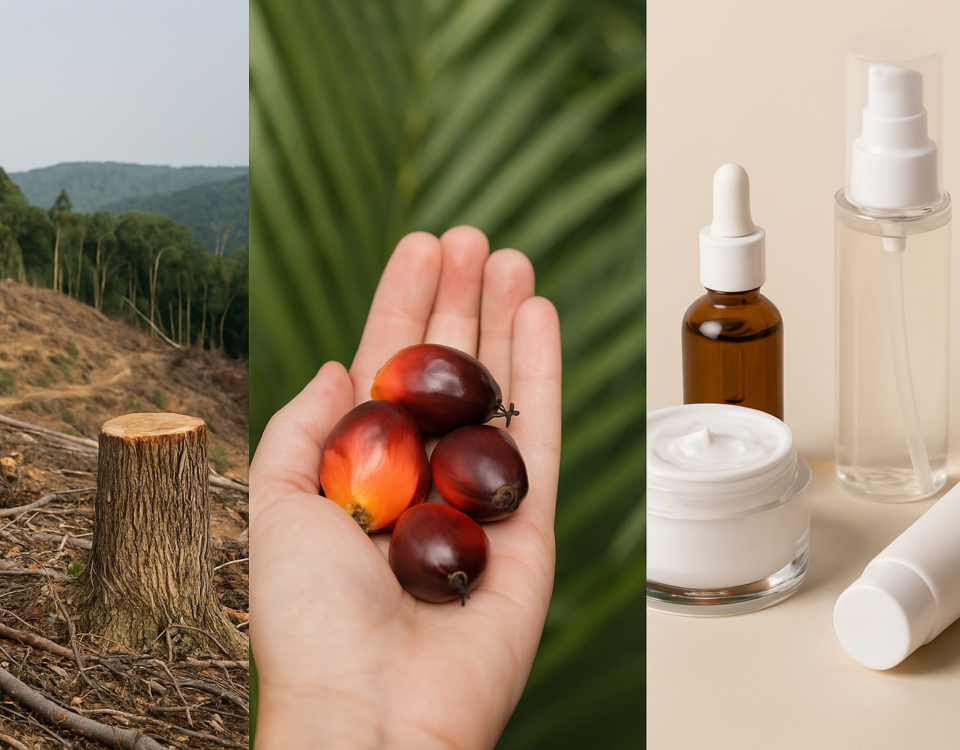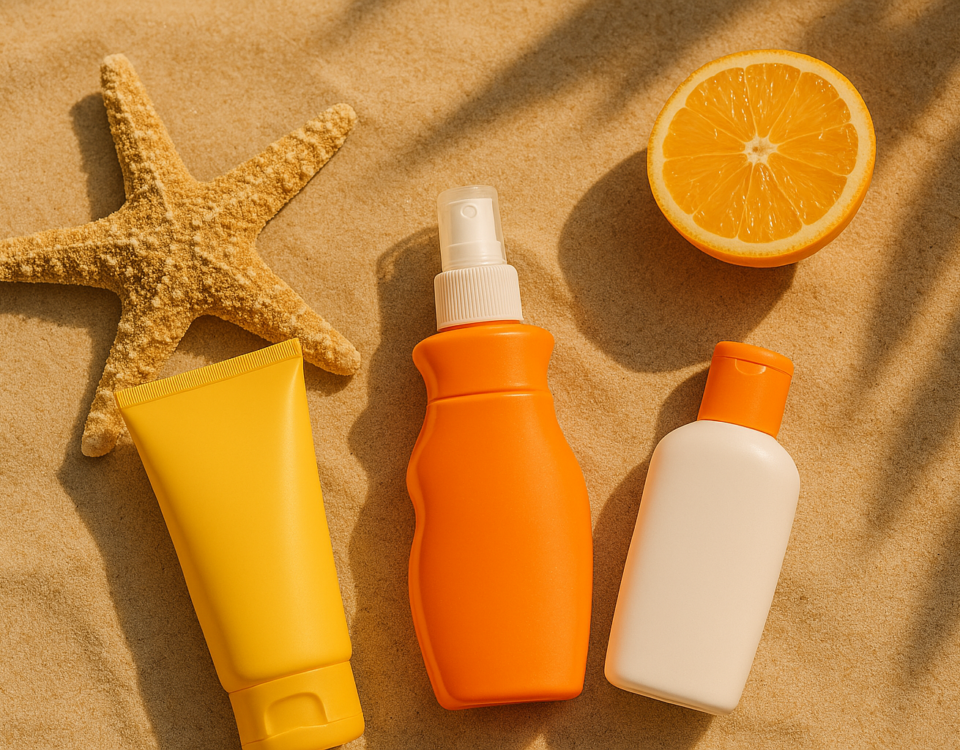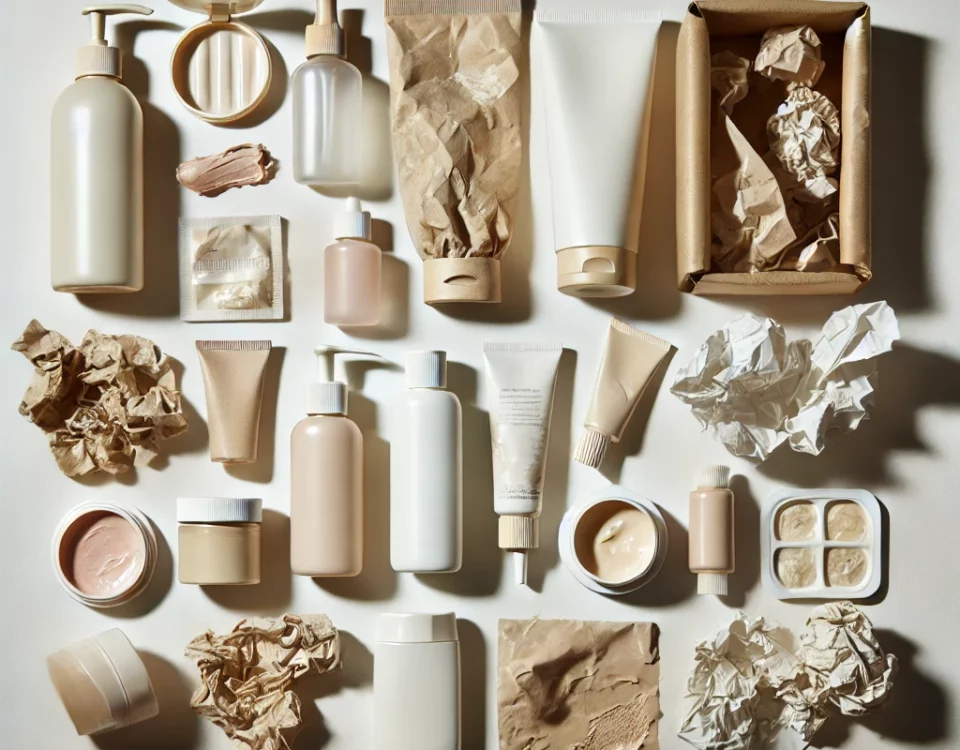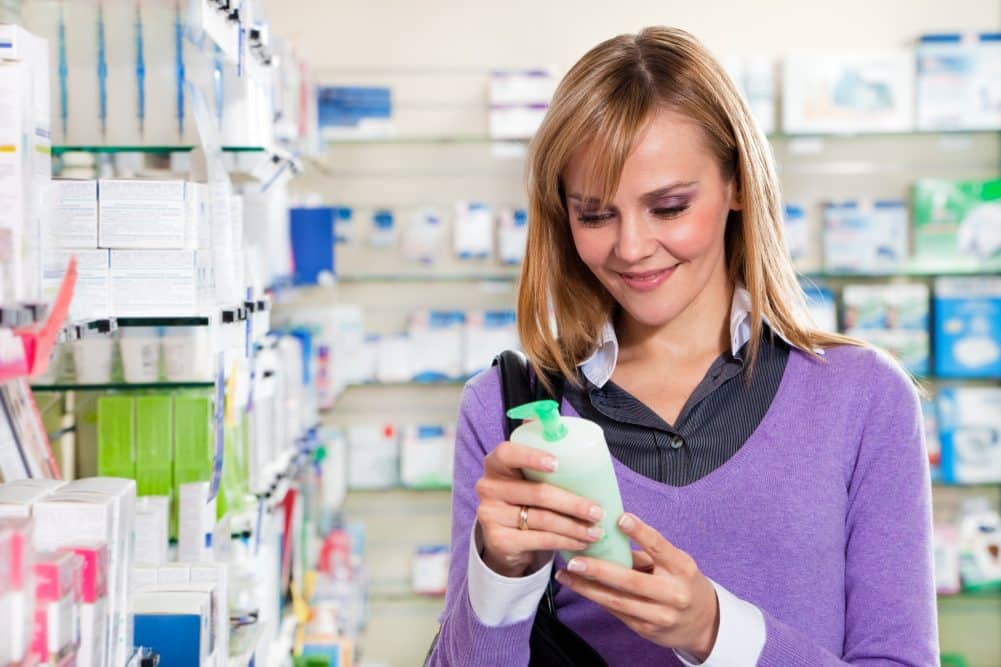
The labeling of a cosmetic product
14 October 2020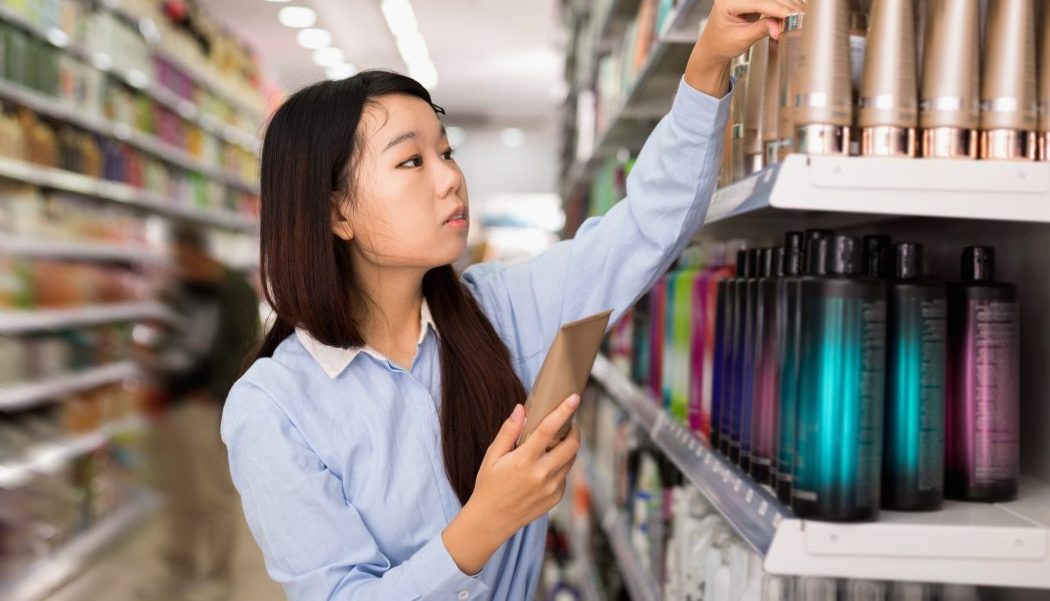
HOW DOES THE NEW CHINESE COSMETICS MARKET REGULATORY FRAMEWORK (CSAR) IMPACT TRADE WITH EUROPE?
27 May 2021Octocrylene (CAS No 6197-30-4, EC No 228-250-8) is an ultraviolet filter that can be used up to 10%, as an acid, in cosmetic products (1). This ingredient has often, and even recently, been in the spotlight because of its allergenic effect or its potential “endocrine disruptor” effect.
Moreover, the SCCS (Scientific Committee on Consumer Safety) recently published a preliminary opinion, following the re-evaluation of the safety of octocrylene in cosmetic products, where it indicates that the available evidence is not sufficiently conclusive to allow to determine an endocrine disruptor effect linked to this substance. The SCCS also mentioned that the cases of contact dermatitis reported on this ingredient seem negligible compared to the high exposure to this ingredient (2).
However, it seems that the octorylene trial is not over yet!
A recent publication in the scientific journal Chemical Research in Toxicology (3) once again put this ultraviolet filter on the spot. Indeed, the researcher Downs and his team revealed that the benzophenone content increased in sun products containing octocrylene, after having subjected them to an accelerated aging of six weeks (40 ° C, RH 75%) representing a duration of one year at room temperature.
The increase in the concentration of benzophenone, a compound considered to be mutagenic, carcinogenic and endocrine disrupting according to the authors, would be a degradation product of the octocrylene contained in the products tested and would also be due to the use of contaminated octocrylene by benzophenone.
This publication has sparked debate between those who denigrate an authorized ingredient and already demand to boycott products containing it and those who try to defend it. However, after this publication, which points to a long-term effect, the cosmetic industries are invited to reflect on how to limit consumer exposure to this degradation product, which is benzophenone.
As mentioned in the publication by Downs et al. (3),
- The use of an uncontaminated octocrylene or the incorporation of a stabilizing ingredient of octocrylene to prevent its degradation would be a way to limit the production of benzopenone in cosmetic products.
- Other avenues should also be studied by cosmetic manufacturers, such as reassessing the PAO, the expiration date or even monitoring properly the stability of products throughout their shelf life (ie dosage of the active ingredient , impurity at risk).
In conclusion, the cosmetic industries must pay more attention to sun products. Framing methods exist. Searching / proposing, mechanically, ingredient alternatives with a long history, always authorized and as effective will never be the only and unique solution.


